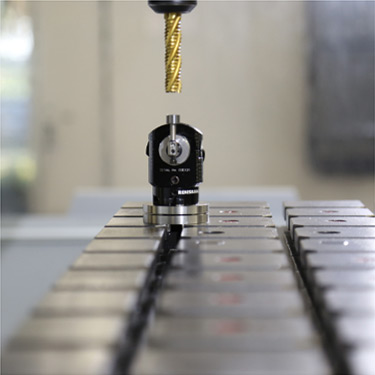
Oct . 12, 2024 09:12
Back to list
relief valve
Understanding Relief Valves An Essential Component for Safety and Efficiency
Relief valves play a crucial role in various industrial applications, providing critical safety measures by preventing overpressure situations in equipment and piping systems. These devices are designed to open automatically at a predetermined set pressure, allowing excess pressure to escape and thus maintaining safe operational levels.
The primary function of a relief valve is to protect equipment from damage due to excessive pressure buildup, which can occur during normal operation or in fault conditions. For instance, in boilers, pressure vessels, and pipelines, not managing pressure effectively can lead to catastrophic failures, including explosions or equipment ruptures. Therefore, relief valves are indispensable in ensuring safety and operational integrity in various industries such as oil and gas, chemical processing, pharmaceuticals, and water treatment.
Relief valves come in various types, including spring-loaded, pilot-operated, and thermal relief valves, each serving specific applications depending on the system requirements. Spring-loaded relief valves rely on a spring mechanism to hold the valve shut until the internal pressure exceeds the set limit. In contrast, pilot-operated relief valves use system pressure to hold the valve closed and are typically more accurate, making them suitable for high-capacity applications.
relief valve

The selection of a relief valve involves considering multiple factors, including the type of fluid being handled, the operating pressure, and the required response time. It’s essential for engineers to choose the right size and type of valve to ensure adequate protection without compromising system efficiency. Undersized valves may fail to relieve pressure adequately, while oversized valves can lead to instability and excessive cycling.
Additionally, regular maintenance and testing of relief valves are paramount to ensure their functionality. Over time, debris buildup, wear, and corrosion can affect a valve's performance. Implementing a routine inspection and maintenance schedule helps in identifying potential issues early and guarantees that the relief valve will function correctly when required.
In conclusion, relief valves are essential safety devices that provide vital protection in various industrial operations. Their ability to prevent overpressure conditions not only safeguards personnel and equipment but also ensures compliance with regulatory standards and guidelines. By understanding the types, functions, and maintenance requirements of relief valves, industries can enhance safety measures while optimizing their operational efficiency. Investing in quality relief valves and implementing effective management practices are crucial steps toward achieving a safer working environment.
Latest news
-
Safety Valve Spring-Loaded Design Overpressure ProtectionNewsJul.25,2025
-
Precision Voltage Regulator AC5 Accuracy Grade PerformanceNewsJul.25,2025
-
Natural Gas Pressure Regulating Skid Industrial Pipeline ApplicationsNewsJul.25,2025
-
Natural Gas Filter Stainless Steel Mesh Element DesignNewsJul.25,2025
-
Gas Pressure Regulator Valve Direct-Acting Spring-Loaded DesignNewsJul.25,2025
-
Decompression Equipment Multi-Stage Heat Exchange System DesignNewsJul.25,2025

